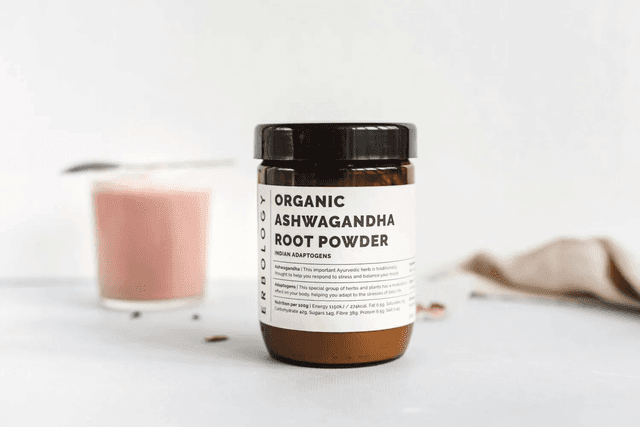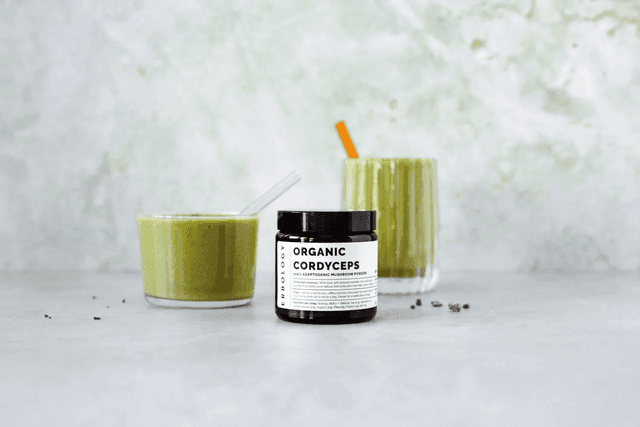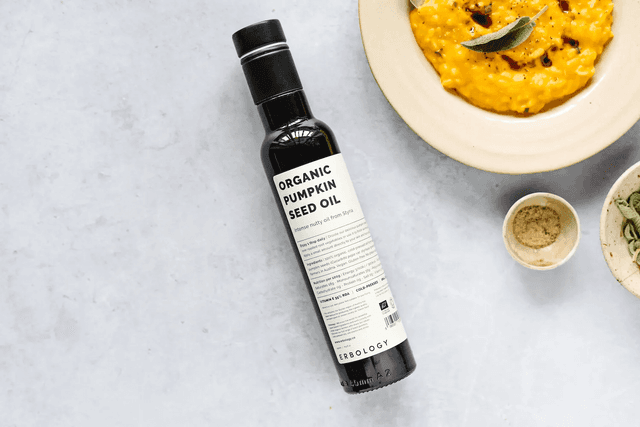27 Feb 2023
What are the low testosterone causes and symptoms?
What is testosterone?
Testosterone is one of the many hormones, or chemical messengers, that our body produces. Made by glands in the endocrine system, hormones tell organs and tissues what to do and when to do it. In fact, hormones help to regulate almost all the processes that take place within the body.
Turning to testosterone specifically, this is the primary male sex hormone. Both men and women produce testosterone, but women make it in far smaller amounts. Testosterone production normally increases significantly during puberty, then gradually declines after about age 30.
Testosterone performs many important functions within the body. For males, this includes the development of sexual organs, sperm production, deepening of the voice, and growth of facial hair. It additionally helps to develop muscle size and strength, increase bone mass, and boost the production of red blood cells.
In women, testosterone also plays a role in bone and muscle health, plus influences the function of the ovaries. The hormone additionally has an impact on libido in people of all genders.
Like with all hormones, the body is usually good at maintaining a healthy balance of testosterone. However, sometimes it may become too high or, more commonly, too low. This can cause a variety of different unwanted symptoms in both men and women. Let’s take a closer look at some of the reasons you might have low testosterone before discussing the possible symptoms.

What causes low testosterone?
Testosterone levels naturally drop as you get older. Experts estimate that after the age of about 40, men’s testosterone falls by around 1-2% every year.(1) However, there are other factors that can cause testosterone to decrease more drastically or prematurely.
In men, some of the most common causes of low testosterone include:
- Testicular injury or infection
- Chronic diseases such as diabetes, obesity, metabolic syndrome, AIDS, and kidney disease
- Alcoholism and liver disease
- Drug misuse
- Stress
- Taking some kinds of medication, like opiate painkillers and corticosteroids
- Cancer treatments such as radiotherapy and chemotherapy
- Certain genetic diseases
- Hormone disorders such as pituitary gland disease
Turning to what causes low testosterone in women, some of the main reasons are:
- Menopause
- The adrenal glands not working sufficiently well
- Surgical removal of the ovaries
- Taking oral oestrogen therapy
- An underactive pituitary gland
What are the symptoms of low testosterone?
Low testosterone can present with a variety of different symptoms, some of which may be quite subtle. As such, many people don’t even realise that they have low testosterone until they get tested.
Some signs of low testosterone affect people of all genders, whereas others are specific to males or females. Below, we’ve listed some of the most common symptoms of low testosterone.
Signs of low testosterone
People of any gender may experience the following low testosterone symptoms:
- Decreased sex drive
- Fatigue and lethargy, with low energy levels even when well rested
- Loss of bone mass, making you more susceptible to fractures
- Hair thinning or hair loss
- Feelings of depression
- Anaemia
- Hot flushes
- Muscle weakness
- Trouble sleeping
Signs of low testosterone in men
Moving on to what happens when a man’s testosterone is low, the most frequent symptoms include:
- Erectile dysfunction
- Smaller testicle and penis size
- Reduced levels of semen
- Decreased muscle mass
- Increased body fat
- Enlarged breast tissue (gynaecomastia)
- Impaired memory
- Lack of focus
- Irritability
- Low self-esteem
Signs of low testosterone in women
Some symptoms of low testosterone in women include:
- Irregular menstrual cycles
- Vaginal dryness
- Decreased sexual satisfaction
- Fertility issues
- Weight gain
As you can see, this is quite a varied range of symptoms. While some are specific to the reproductive system, several of the signs of low testosterone listed are more general. It’s also important to note that many of them can be caused by factors other than low testosterone.
Therefore, if you think that you might be suffering from low testosterone, it’s a good idea to see your doctor. They will be able to conduct tests to determine whether this is the cause of the symptoms you’re experiencing. After that, you can get advice on potential treatment options.
How to treat low testosterone
The most common medical treatment for low testosterone is testosterone replacement therapy, or TRT. However, this does have potential side effects, such as oily skin, acne, increased prostate size, high blood count, and fluid retention. It also might not be suitable for people with certain health conditions, including prostate cancer, breast cancer, and sleep apnoea.
When it comes to treatments for low testosterone in women, the research is somewhat lacking. As such, the options are currently limited. While it is possible to take testosterone supplements, these can also have numerous unwanted side effects. For instance, high levels of testosterone in women may cause acne, hair loss, and the development of masculine physical characteristics. These include excess facial hair and a deepening voice.
Bearing all this in mind, it might well be preferable to try some natural remedies for low testosterone first. These are both easy to implement and far less likely to result in unpleasant side effects. Keep reading to find out some of the most effective home remedies for low testosterone



